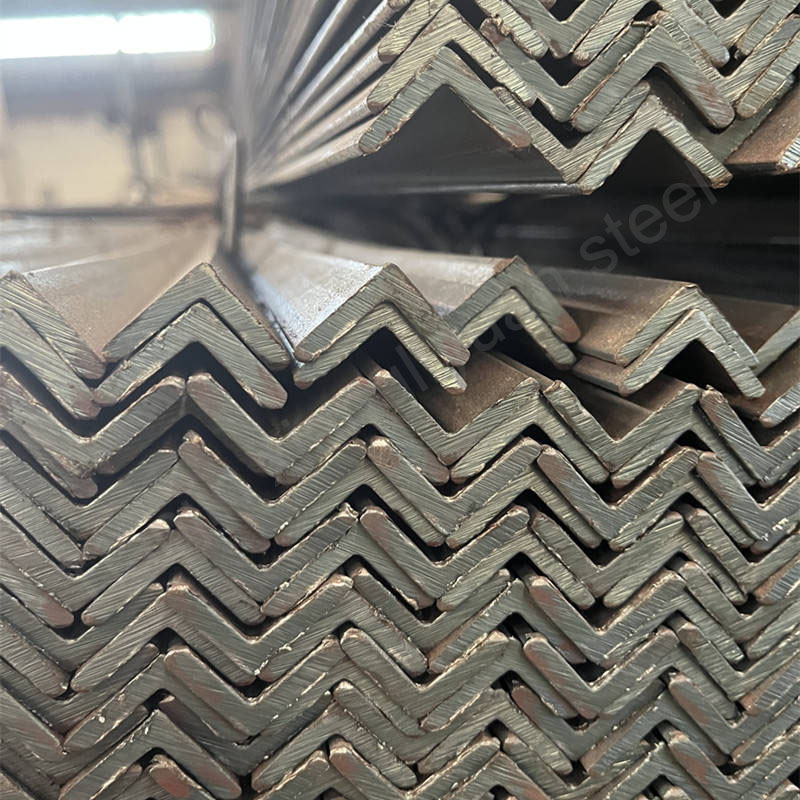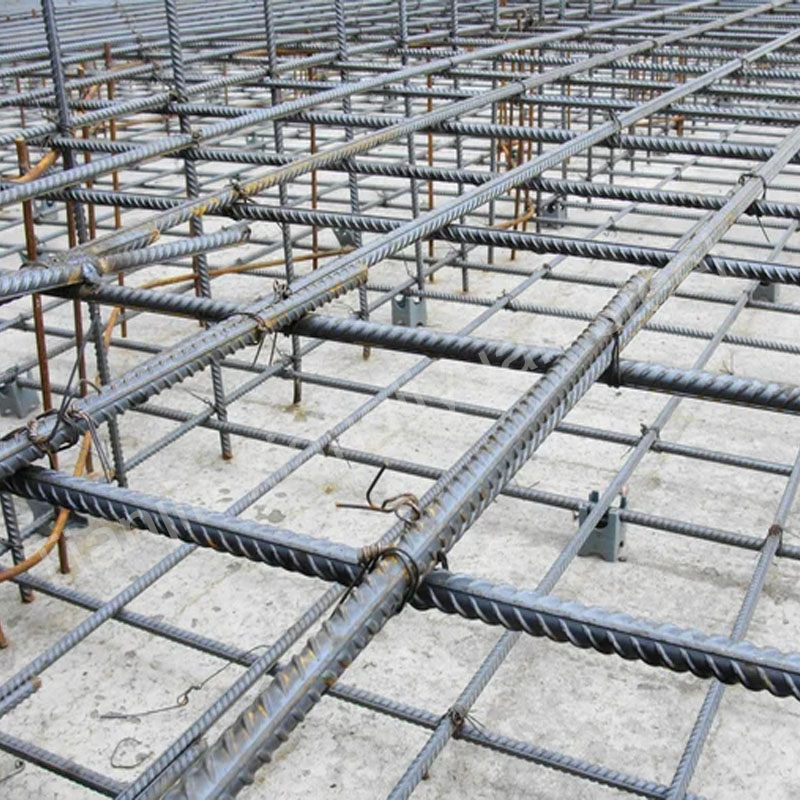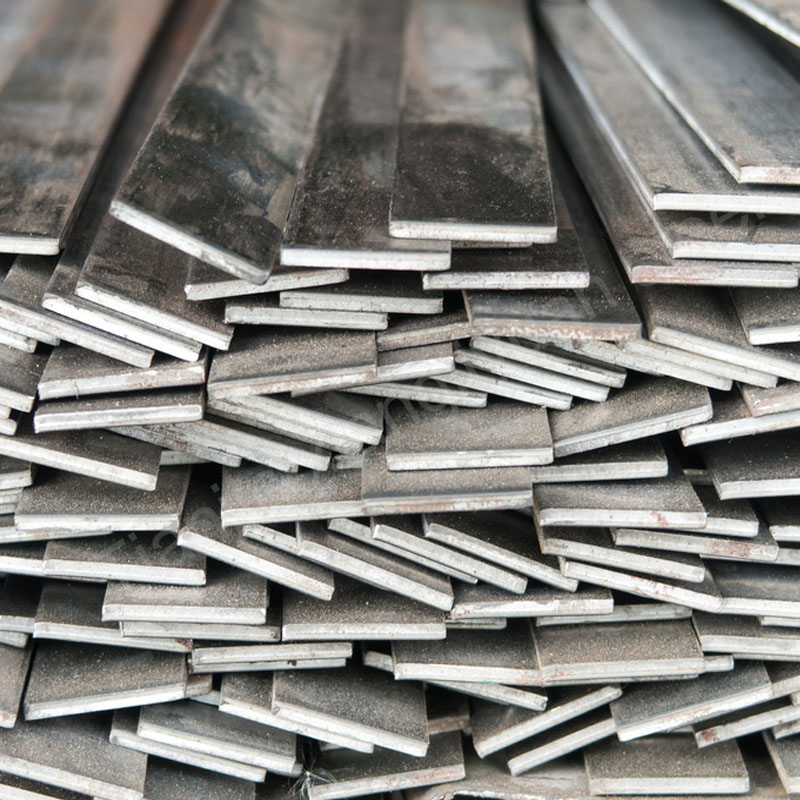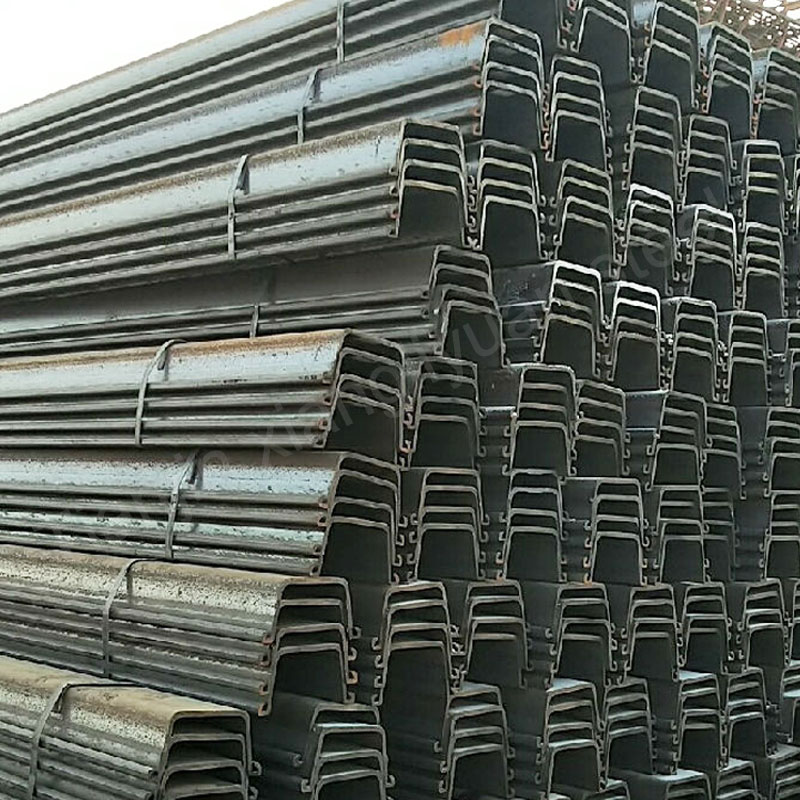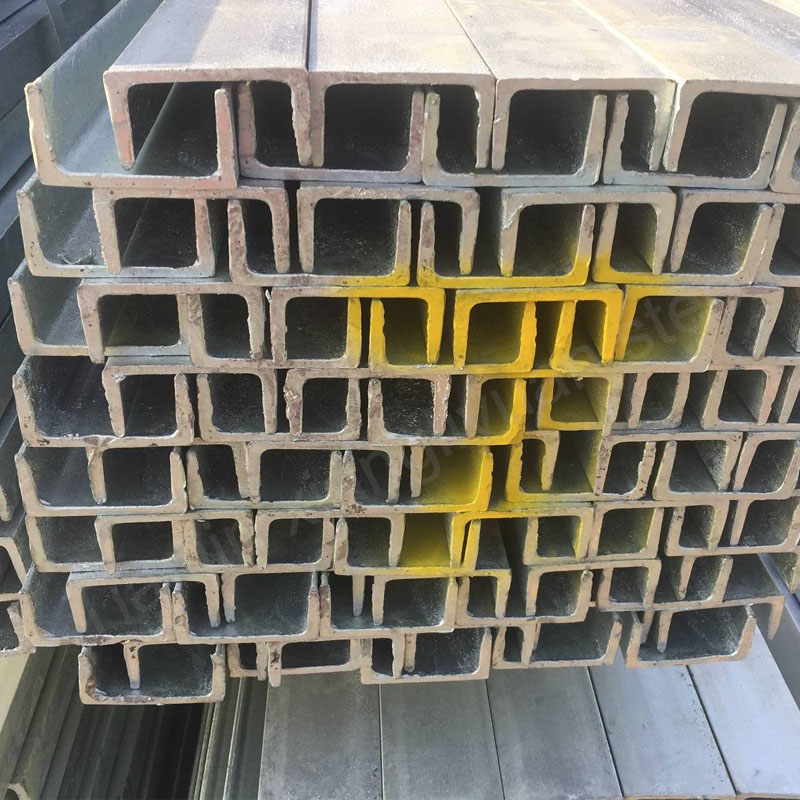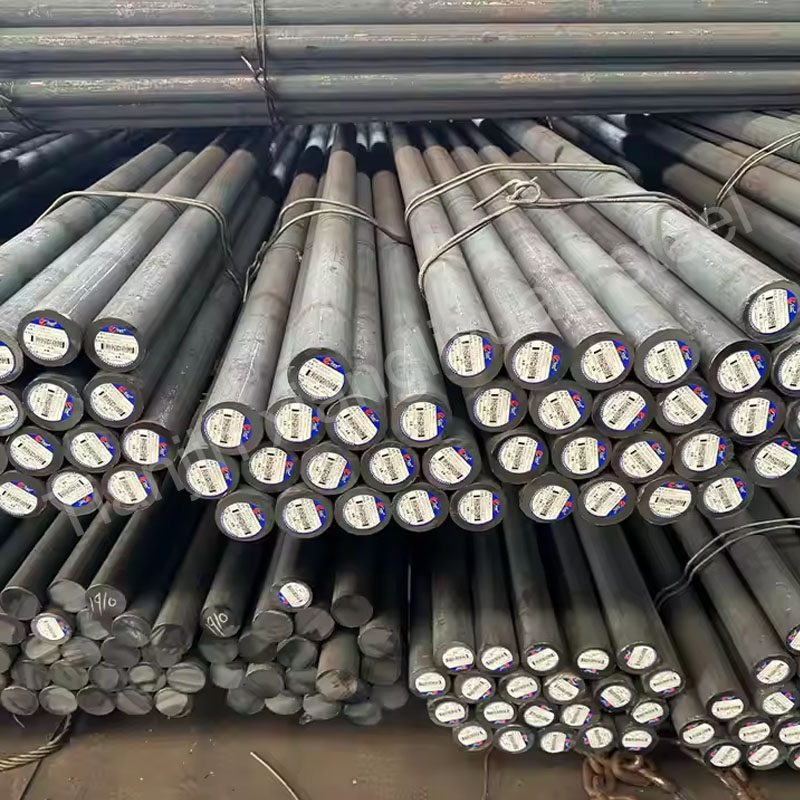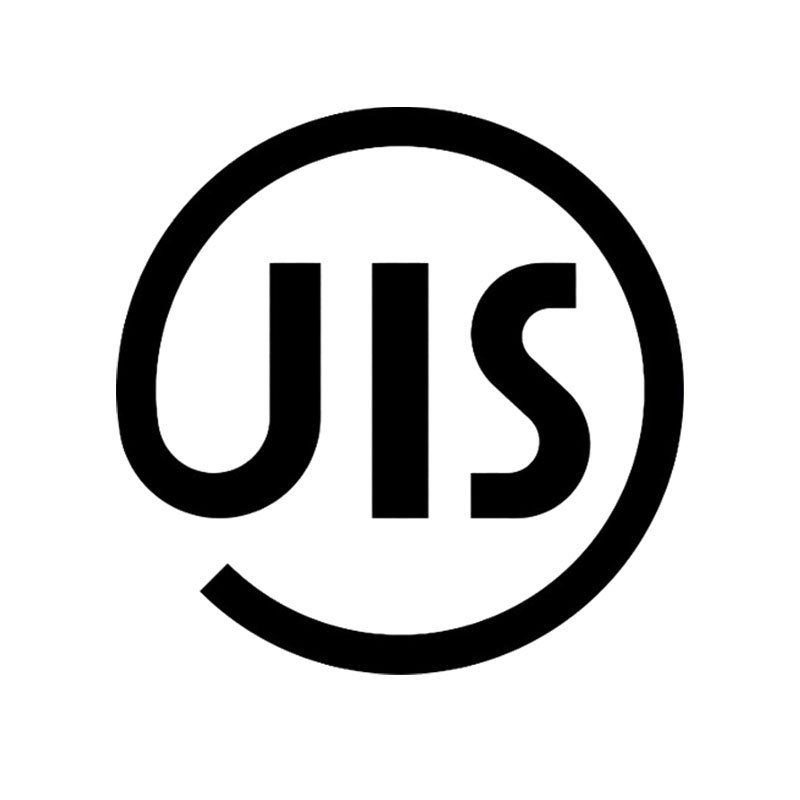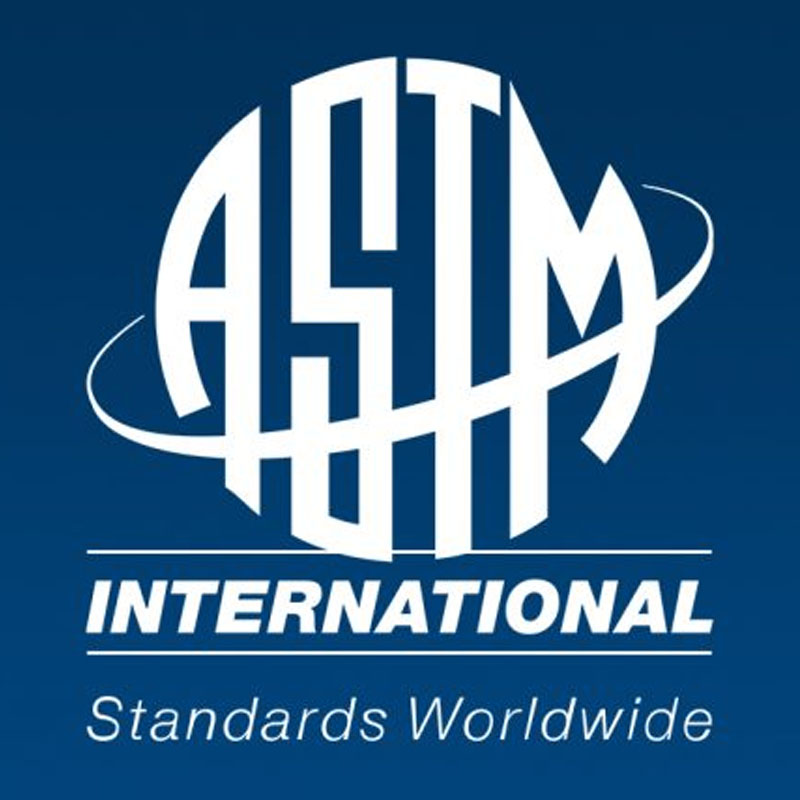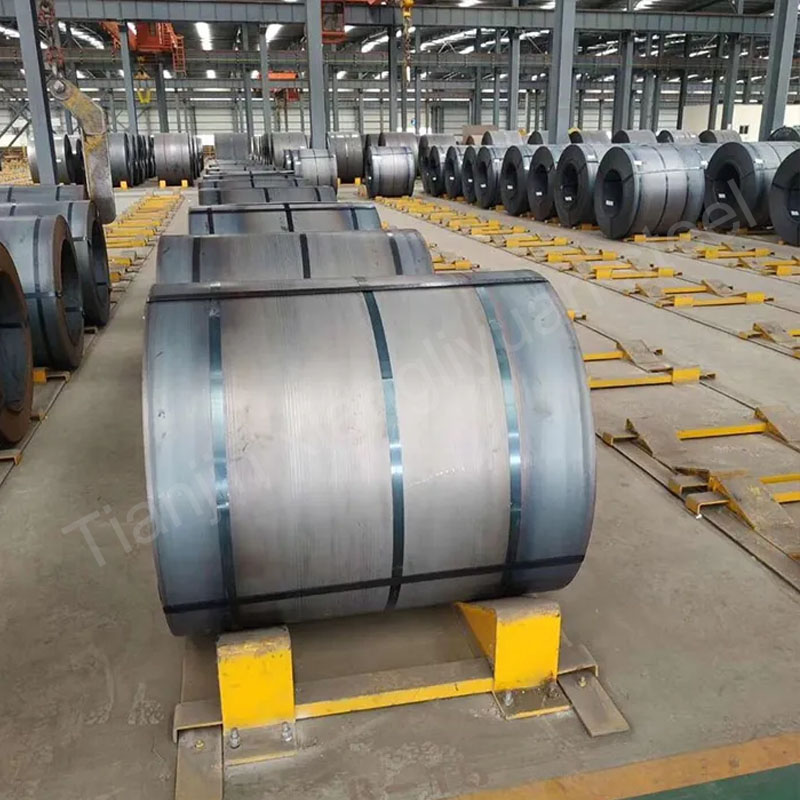Angle steel, also known as angle iron, is a long steel strip with two sides perpendicular to each other at a 90-degree angle. It is widely used in various building structures and projects. The cross-sectional shape of angle steel is L-shaped, and there are two
Rebar is a kind of steel bar with longitudinal and transverse ribs, which is often used in reinforced concrete structures to enhance the tensile strength of concrete structures. Due to the ribs on its surface, rebar has a stronger bonding ability with concrete and can
Flat steel is a type of steel with a width greater than its thickness. It is usually supplied in rectangular cross-sections, and a small number of them are supplied in trapezoidal cross-sections. Flat steel can be supplied in coils (strip steel) or cut-to-length plates, and
Steel sheet piles are a type of steel with locks on the edges that can be connected to each other. They are widely used in foundation engineering, especially in retaining walls, cofferdams, revetments and other projects. Steel sheet piles have become an important material in
Channel steel is a common building steel material with a "U"-shaped cross-section, usually used for structural support and frame construction. The cross-sectional shape of channel steel determines its mechanical properties and is widely used in construction, machinery manufacturing, vehicle manufacturing, bridge construction and other fields.
The American Iron and Steel Institute (AISI) is an association of North American steel producers. AISI standards are mainly used to identify and classify steel, especially the chemical composition and mechanical properties of steel. The AISI system represents different steel grades, such as carbon steel,
DIN standard (Deutsches Institut für Normung, German Institute for Standardization) is a technical standard system for steel pipes and other materials in Germany. DIN standard is the national standard of Germany and is widely used in the manufacture of various materials and industrial products, including
JIS (Japanese Industrial Standards) provides systematic guidance for the production and application of steel pipes. JIS covers steel pipes made of a variety of materials, including carbon steel, stainless steel, alloy steel, etc. Each material is classified into different steel grades according to its chemical
ASTM (American Society for Testing and Materials) standards are widely used internationally, covering the chemical composition, mechanical properties, manufacturing process and other requirements of various materials. In the field of steel pipes, ASTM standards have specific specifications for different types of steel pipes. The following
Carbon steel material Q355 is a low-alloy high-strength structural steel in the Chinese standard (GB/T 1591-2018), which is widely used in buildings, bridges and other structural engineering. Q355 belongs to low-alloy high-strength structural steel. According to Chinese standards, it is a typical low-alloy steel suitable

